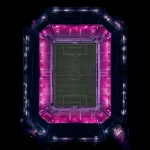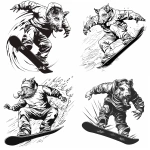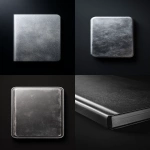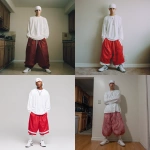Explore the Best AI Image Gallery
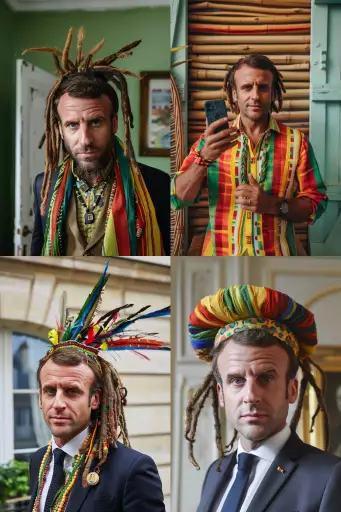
Where Pixels Meet Reality: AI Image Generation and the Future of Design
The world of design is undergoing a seismic shift, driven by the emergence of artificial intelligence (AI) image generation. This revolutionary technology empowers creators to generate stunning visuals with unprecedented speed and ease, blurring the lines between imagination and reality. But this brave new world comes with both immense opportunities and complex ethical considerations that demand careful navigation.
A Canvas Fueled by Algorithms
AI image generators, powered by deep learning algorithms, analyze massive datasets of images and learn to replicate artistic styles, generate unique compositions, and even translate textual descriptions into visual masterpieces. This opens up a Pandoras box of possibilities for designers across various disciplines.
Unleashing Creative Potential
- Concept Visualization: Designers can quickly iterate through numerous design concepts, exploring different aesthetics and layouts without the constraints of traditional sketching or rendering techniques.
- Personalized Content Creation: AI can generate custom visuals tailored to individual preferences, enabling personalized marketing campaigns, unique product designs, and interactive user experiences.
- Accessibility for All: Individuals with limited artistic skills can leverage AI tools to bring their creative visions to life, democratizing the design process and fostering inclusivity.
Navigating the Ethical Labyrinth
While AI image generation offers a plethora of benefits, it also raises several ethical concerns that require careful consideration:
Copyright and Ownership:
The question of copyright ownership for AI-generated images remains a contentious issue. Who owns the rights to these creations – the developer of the AI, the user who provides the input, or the AI itself?
Bias and Representation:
AI algorithms are trained on existing datasets, which can perpetuate biases present in society. This can result in AI-generated images that reinforce harmful stereotypes or lack diversity and inclusivity.
Misinformation and Manipulation:
The ability to create hyperrealistic images raises concerns about the potential for misuse, such as generating deepfakes for propaganda, deception, or identity theft.
Shaping the Future of Design
Despite these challenges, AI image generation has the potential to revolutionize the design industry. As technology advances, we can expect:
Increased Collaboration:
AI will act as a powerful tool for designers and clients to collaborate more effectively, allowing for real-time visualization and iteration of ideas.
Personalized Experiences:
Designers will leverage AI to create highly personalized experiences tailored to individual user preferences, needs, and contexts.
New Artistic Expressions:
AI will push the boundaries of artistic expression, enabling designers to explore novel styles, mediums, and forms of creativity.
Conclusion
The integration of AI image generation into the design process is a transformative journey with immense potential. By embracing this technology responsibly, addressing ethical concerns proactively, and fostering collaboration between humans and machines, we can unlock a future where creativity knows no bounds.

](https://images.ai-img.art/thumbnails/150/69d81ae5ecde297f3c11da78435c5fc00fbac7b00e2c7ccd89d7bbeb014e0541.webp)




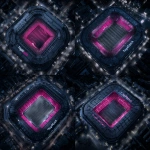
](https://images.ai-img.art/thumbnails/150/3ccc82ef0ad0cc1ab1dfb5b8e6bc37924fcad45dadf41cbd1cb21d19fc7f640a.webp)







](https://images.ai-img.art/thumbnails/150/738b292720ee21b57673dfb75ad851f4c34d16f5006ae3027ba685feaddb6b04.webp)
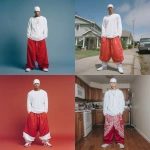


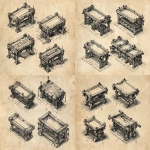
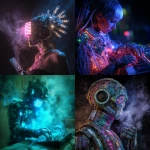


](https://images.ai-img.art/thumbnails/150/908bcb9950a44fd4b37d1a84cf00178988cea9507738d7ad4f92707c692461ef.webp)
](https://images.ai-img.art/thumbnails/150/57afc09cc38edf73880f760b7ebe1852c5522c6b4051836717b2e56b6f7f913c.webp)
](https://images.ai-img.art/thumbnails/150/807ac97f95d56e8cc7cf714e13299d80bf6bcb5b4d80b77a7f06f30246184943.webp)
](https://images.ai-img.art/thumbnails/150/05b3252b3f681226a3df9027b069db31c005f91b72257a74367c4102f03a2ba0.webp)
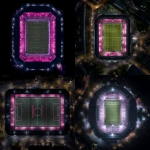





](https://images.ai-img.art/thumbnails/150/fc468fe14407b96489933a55227127071fd5f6c0505be74ca4dcb2f1e2fa3771.webp)

](https://images.ai-img.art/thumbnails/150/83ec831b9fb19e0db5a520b051b9556f3f594b87acc957ffee094a06a565e6f0.webp)




